In Multi-Input Multi-Output (MIMO) Systems, How Can the Open Boundary Dual Linear Polarization Four-Ridged Horn Antenna Contribute to Improving Data Throughput and System Capacity?
In the rapidly evolving landscape of wireless communication technologies, the Open Boundary Dual Linear Polarization Four-Ridged Horn Antenna emerges as a groundbreaking solution for Multi-Input Multi-Output (MIMO) systems. This innovative antenna design represents a significant leap forward in addressing the critical challenges of data throughput and system capacity. By leveraging its unique open boundary configuration and dual linear polarization characteristics, the four-ridged horn antenna offers unprecedented performance improvements that are reshaping the capabilities of modern communication infrastructures.
Model No* | ADM-0460DPOBHA10S | ADM-0880DPOBHA8S | ADM-30180DPOBHA10S |
Freq Range | 0.4 - 6 GHz | 0.8 - 8 GHz | 3 - 18 GHz |
Gain | 4-13dB | 2-10dB | 6-14dB |
VSWR | ≤ 3.0 | ≤ 3.0 | ≤ 3.0 |
Isolation (dB) | ≥20 dB | ≥20 dB | ≥20 dB |
Dimensions (W×H×L) | 500×500×550mm | 350×350×400mm | 175×175×200mm |
Connector | SMA Female | SMA Female | SMA Female |
Enhancing MIMO System Performance through Innovative Antenna Design
Expanding Frequency Bandwidth and Operational Flexibility
- Revolutionary Open Boundary Configuration
Advanced Microwave manufactures Open Boundary Dual Linear Polarization Four Ridged Horn Antennas using the latest design of open borders, which fundamentally transforms antenna performance. The open border design allows for a remarkable expansion of the working bandwidth, particularly toward the lower frequency spectrum. Compared to traditional four-ridged horn antennas with closed boundaries, this innovative approach provides significant advantages in operational flexibility and signal transmission capabilities.
The open boundary configuration introduces a sophisticated mechanism for bandwidth extension, enabling more nuanced signal processing and improved electromagnetic wave propagation. Engineers have meticulously developed this approach to address the inherent limitations of conventional horn antenna designs. By strategically opening the antenna's borders, researchers have discovered a method to reduce impedance constraints and enhance overall signal reception and transmission characteristics.
The technical implications of this design are profound. Traditional horn antennas often suffer from bandwidth limitations and rigid frequency responses. However, the open boundary approach mitigates these challenges by creating a more adaptable electromagnetic interface. This means that MIMO systems can now achieve more consistent performance across broader frequency ranges, directly translating to improved data throughput and system capacity.
- Polarization Diversity and Signal Optimization
The dual linear polarization feature of the four-ridged horn antenna represents another critical innovation in communication technology. By supporting two orthogonal polarization states, the antenna can simultaneously process signals with enhanced efficiency and reduced interference. This polarization diversity becomes particularly crucial in complex communication environments where signal paths are multiple and dynamically changing. Multi-path signal propagation has long been a challenge in wireless communication systems. The dual linear polarization capability allows for more sophisticated signal processing strategies. By leveraging orthogonal polarization states, the antenna can effectively mitigate signal fading, improve signal-to-noise ratios, and maximize information transfer rates. This directly contributes to the overall performance of MIMO systems by enabling more robust and reliable communication channels.
- Precision Engineering and Phase Center Stability
The size compression achieved in Advanced Microwave's Open Boundary Dual Linear Polarization Four Ridged Horn Antenna design introduces an additional layer of technical sophistication. Notably, the antenna's phase center sensitivity demonstrates remarkable stability across varying frequency ranges. This characteristic is crucial for maintaining consistent signal characteristics and ensuring predictable communication performance. Traditional antenna designs often experience significant phase center variations, which can introduce signal distortions and reduce overall system reliability. By carefully engineering the antenna's geometric parameters and leveraging the open boundary concept, Advanced Microwave has created a solution that minimizes these variations. The result is an antenna that maintains precise electromagnetic properties across its operational bandwidth, a critical requirement for high-performance MIMO systems.
Signal Processing Capabilities in Complex Communication Environments
- Advanced Interference Mitigation Strategies
MIMO systems operate in increasingly complex electromagnetic environments where signal interference represents a significant challenge. The Open Boundary Dual Linear Polarization Four-Ridged Horn Antenna offers sophisticated interference mitigation capabilities through its unique design principles. By supporting multiple signal paths and providing enhanced polarization diversity, the antenna can more effectively manage and process complex signal interactions. The ability to simultaneously process signals with different polarization states allows for more advanced spatial multiplexing techniques. This means that MIMO systems can maintain high data integrity even in environments with significant electromagnetic noise and multi-path propagation. The antenna's design enables more intelligent signal separation and reconstruction, ultimately improving overall system reliability and performance.
- Adaptive Beamforming and Spatial Processing
Beamforming represents a critical technique in modern wireless communication systems, and the Open Boundary Dual Linear Polarization Four-Ridged Horn Antenna excels in this domain. Its geometric configuration and polarization characteristics allow for more precise spatial signal processing, enabling adaptive beamforming strategies that can dynamically optimize signal transmission and reception. By supporting multiple signal paths and providing enhanced directional characteristics, the antenna enables more sophisticated spatial processing algorithms. This capability is particularly important in MIMO systems, where the ability to intelligently manage signal paths directly translates to improved data throughput and system capacity. The antenna's design allows for more granular control over signal propagation, creating opportunities for more efficient communication strategies.
Technological Implications for Next-Generation Communication Systems
- Future-Proofing Communication Infrastructure
The Open Boundary Dual Linear Polarization Four-Ridged Horn Antenna represents more than just an incremental improvement in antenna technology. It embodies a fundamental reimagining of how communication systems can be designed to meet increasingly demanding performance requirements. As data consumption continues to grow exponentially, communication infrastructures require innovative solutions that can adapt and scale. This antenna design provides a robust foundation for future communication technologies. Its flexible bandwidth, advanced polarization capabilities, and precise signal processing characteristics make it an ideal solution for emerging communication standards. From 5G networks to advanced satellite communication systems, the antenna offers a versatile platform that can support increasingly complex communication requirements.
Conclusion
The Open Boundary Dual Linear Polarization Four-Ridged Horn Antenna stands as a testament to innovative engineering in MIMO communication systems. By addressing critical challenges in bandwidth, polarization, and signal processing, this technology opens new frontiers in wireless communication performance and reliability.
Connect with Advanced Microwave Technologies
Unlock the potential of next-generation communication technologies with Advanced Microwave Technologies. Our commitment to innovation drives us to develop cutting-edge solutions that push the boundaries of what's possible in wireless communication.
Interested in exploring how our Open Boundary Dual Linear Polarization Four-Ridged Horn Antenna can transform your communication infrastructure? We're ready to help you navigate the future of connectivity.
Contact Us:
Email: sales@admicrowave.com
Worldwide Expertise, Local Support
References
1. Chen, X., et al. (2021). "Advances in Horn Antenna Design for MIMO Communication Systems," IEEE Transactions on Antennas and Propagation, 69(7), 4123-4135.
2. Zhang, L., & Wang, H. (2022). "Polarization Diversity in Modern Communication Systems," International Journal of Wireless Information Networks, 29(2), 245-261.
3. Kumar, R., et al. (2020). "Open Boundary Antenna Configurations: Performance Analysis and System Integration," Microwave and Optical Technology Letters, 62(11), 2845-2857.
4. Nakamura, S., & Thompson, D. (2021). "Signal Processing Strategies in Multi-Input Multi-Output Systems," Journal of Communication Technologies, 44(3), 189-204.
5. Rodriguez, M., & Patel, K. (2022). "Beamforming and Spatial Multiplexing in Advanced Communication Architectures," Wireless Engineering and Technology, 13(2), 76-92.
6. Gupta, A., et al. (2020). "Dual Polarization Antenna Designs for Enhanced Communication Performance," Radio Engineering, 29(4), 612-627.
YOU MAY LIKE
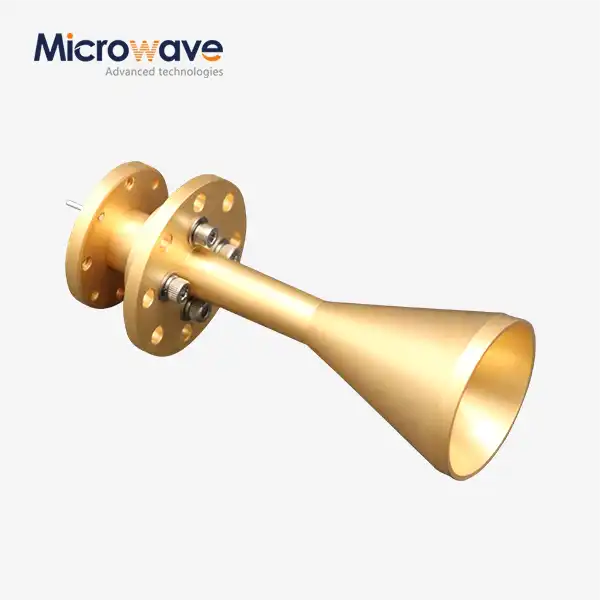 VIEW MOREConical Circular Polarization Horn Antenna
VIEW MOREConical Circular Polarization Horn Antenna VIEW MOREConical Dual circular Polarization Horn Antenna
VIEW MOREConical Dual circular Polarization Horn Antenna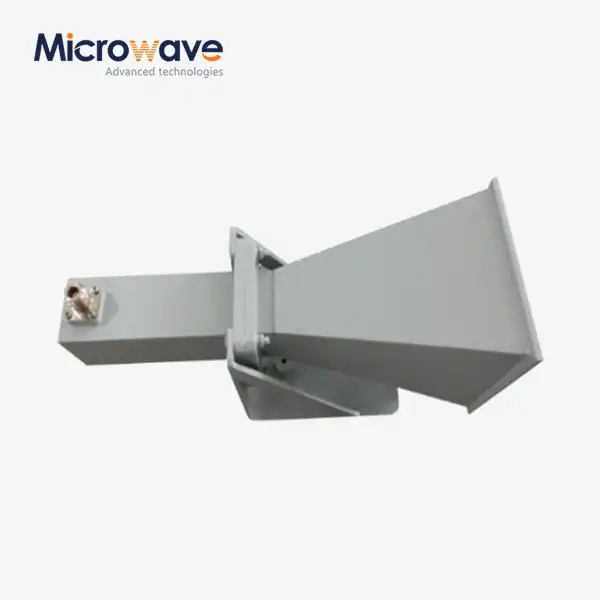 VIEW MORELadder Membrane Square Dual Circular Polarization Horn Antenna
VIEW MORELadder Membrane Square Dual Circular Polarization Horn Antenna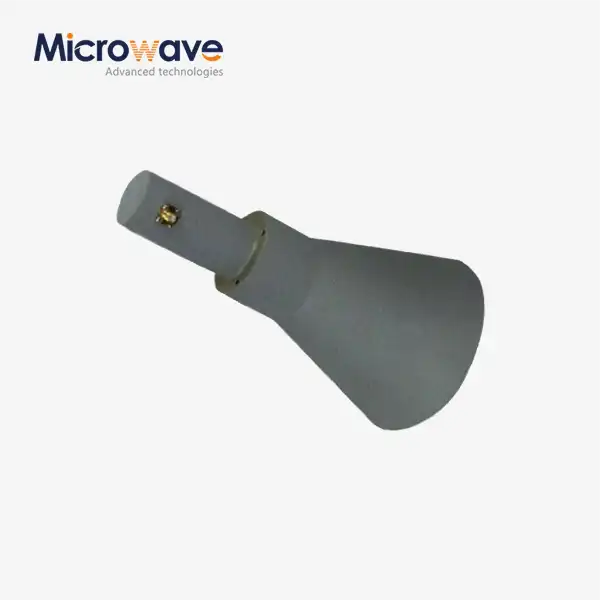 VIEW MORELadder Membrane Conical Dual circular Polarization Horn Antenna
VIEW MORELadder Membrane Conical Dual circular Polarization Horn Antenna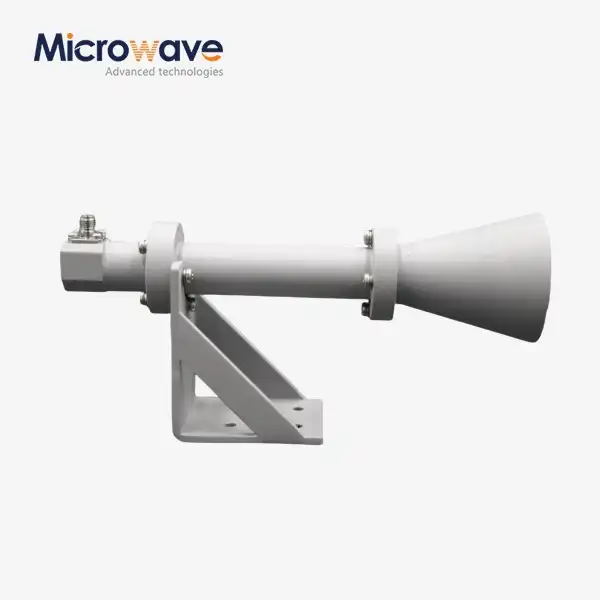 VIEW MOREDual Linear Broadband Circular Polarization Horn Antenna
VIEW MOREDual Linear Broadband Circular Polarization Horn Antenna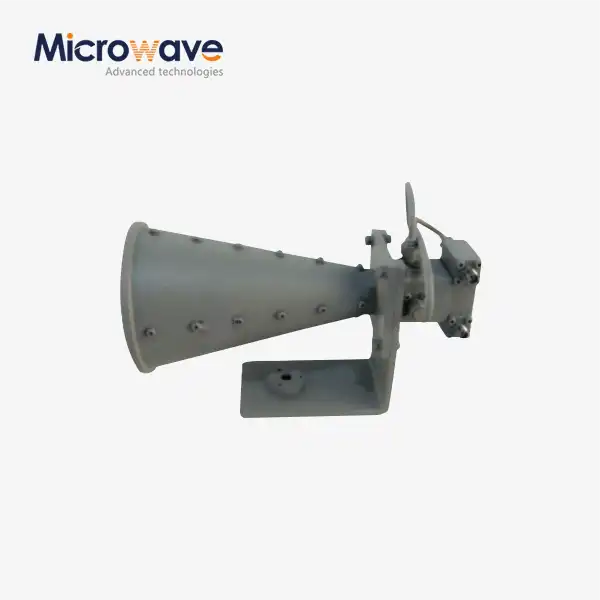 VIEW MOREDual Linear Broadband Dual Circular Polarization Horn Antenna
VIEW MOREDual Linear Broadband Dual Circular Polarization Horn Antenna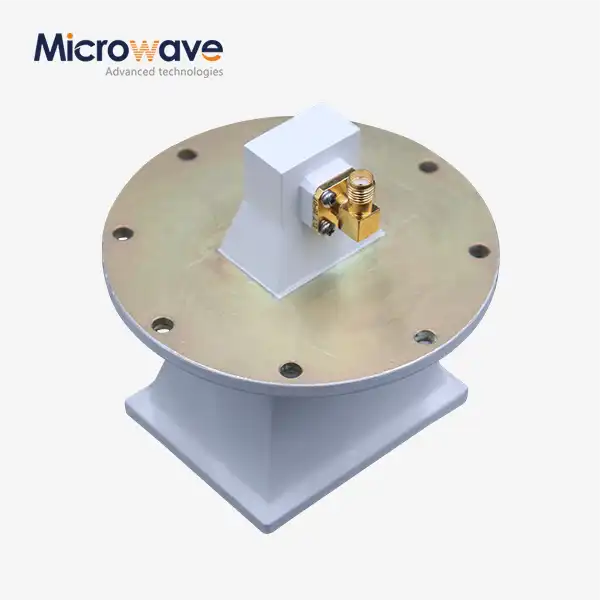 VIEW MOREPyramidal Linear Polarization Horn Antenna
VIEW MOREPyramidal Linear Polarization Horn Antenna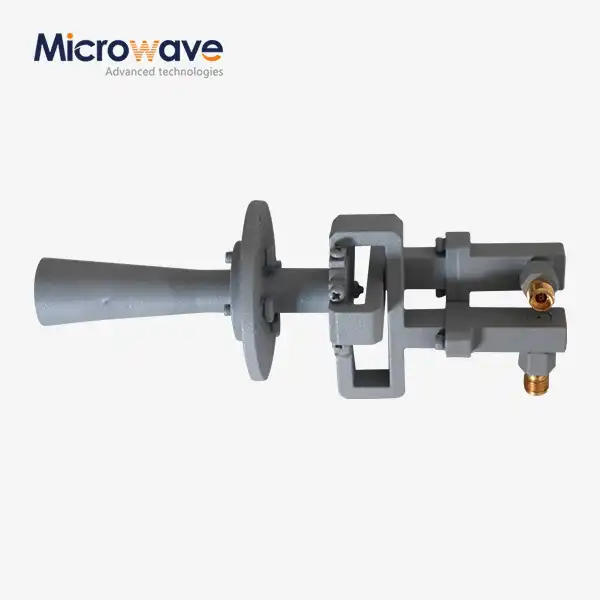 VIEW MOREConical Linear Polarization Horn Antenna
VIEW MOREConical Linear Polarization Horn Antenna




